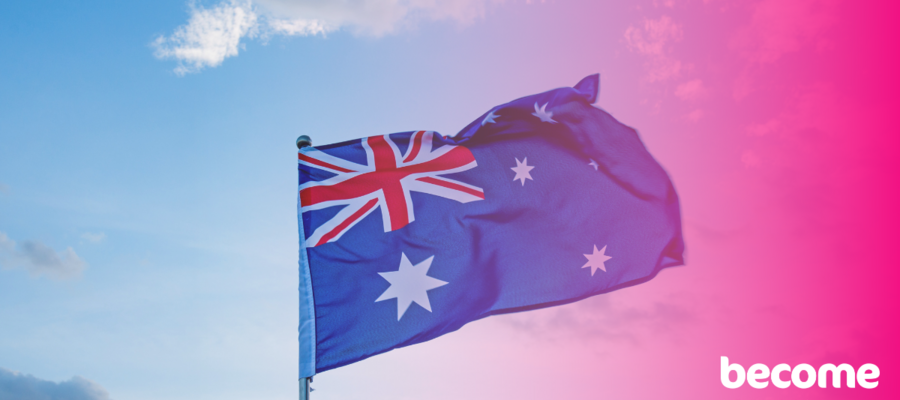Australia’s evolving visa policies have been a major talking point, and as the changes begin to take effect, there’s a lot of anticipation about what this means for the future of talent in creative and marketing sectors. Whether you’re an employer or a job seeker, these reforms could unlock new opportunities, helping us connect with global talent like never before.
So, what changes are we talking about ...
Australia’s migration system has had some significant changes lately, with new rules impacting temporary visa holders, skilled migrants, and employers. Here’s a breakdown of the key change according to the Australian HR Institute (AHRI):
More Flexibility for Sponsored Migrants: Migrant workers on Temporary Skill Shortage (482), Temporary Work (Skilled) (457), and Skilled Employer Sponsored Regional (494) visas now have up to 180 days (previously 60) to find a new sponsor or job if they leave their employer. Plus, they can work in any occupation during this period, giving them greater freedom in their career choices.
️Increased Salary Threshold: The Temporary Skilled Migration Income Threshold (TSMIT) has increased from $70,000 to $73,150, ensuring skilled migrants are paid fairly and that salaries keep up with the cost of living.
Workplace Justice Visa: This newly introduced visa allows migrant workers to remain in Australia for up to 12 months to pursue an active workplace claim if they have no other legal way to stay. This provides important protection against exploitation.
Visa Hopping Restrictions: To reduce “permanent temporary” status, subclass 600 (Visitor) and subclass 485 (Temporary Graduate) visa holders can no longer apply for student visas while in Australia. This encourages a clearer pathway for skilled workers and fewer temporary stays.
Updates to Working Holiday Visas: UK citizens can now apply for Working Holiday Visas until the age of 35 (previously 30) and no longer need to complete regional work for visa extensions. Additionally, Filipino citizens aged 18-30 can now apply for the Work and Holiday Visa, giving them access to one-year stays in Australia for work and travel.
Here’s how the new visa changes could impact the industry:
A New Wave of Global Talent : The creative and marketing industries thrive on fresh perspectives, and with streamlined visa processes, we’re likely to see a greater influx of international talent. This is particularly exciting for roles that require niche skills, such as digital marketing, UX/UI design, and strategic branding, where Australia’s talent pool has been more limited. Expect more diversity in thought, innovation, and creative output as new talent enters the market.
Filling Critical Skill Gaps: Many creative and marketing roles in Australia have been challenging to fill, especially in high-demand areas like digital transformation, content strategy, and performance marketing. With the changes in skilled visa allocations, businesses can now look beyond domestic talent pools and bring in specialists with the skills required to execute complex projects. This could be a game-changer for agencies and in-house teams trying to keep pace with global trends.
Remote Work and Flexibility: The world is embracing hybrid and remote work like never before. With new visa pathways catering to highly skilled remote workers, we’re likely to see increased collaboration with international freelancers and contractors. This could reshape team structures and client offerings in the creative sector, allowing for greater flexibility and tapping into global expertise without geographical constraints.
Supporting Local Talent Growth: The visa changes could also spur local upskilling and innovation. As more international talent enters the market, local professionals will have new opportunities to collaborate, learn, and refine their skill sets, ensuring Australia remains competitive on the global stage.
What Does This Mean for Employers?
For employers, the key takeaway is simple: Now is the time to rethink your talent strategy. With more access to a global talent pool, companies can find the right mix of local and international creatives to drive business growth and innovation. But it’s also essential to ensure that your employer brand resonates with talent globally – Australia is an attractive destination, but standing out as an employer of choice will be critical.
It’s an exciting time for the creative and marketing industries. These changes could elevate Australia’s role in the global creative economy and offer new ways to connect with the best and brightest talent worldwide.

